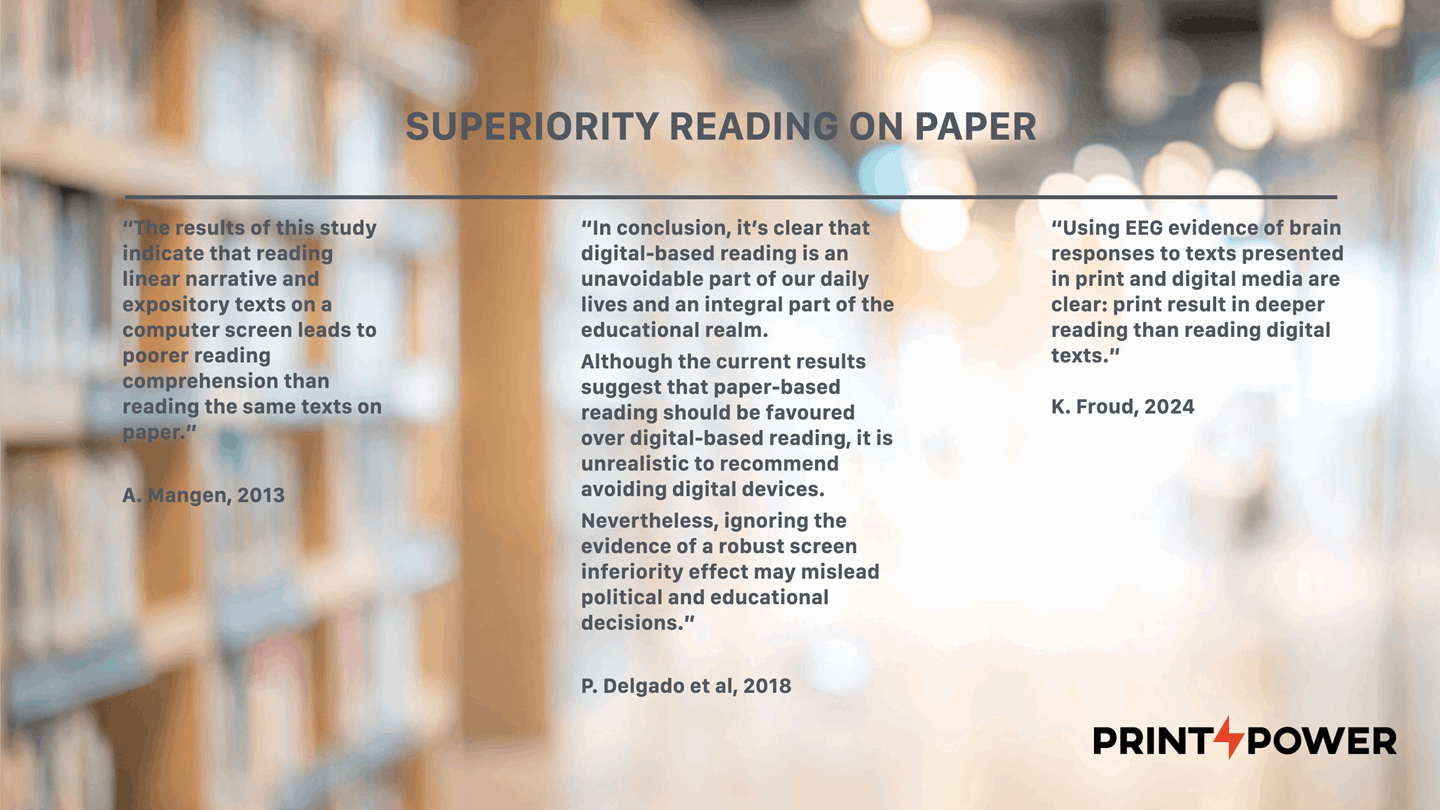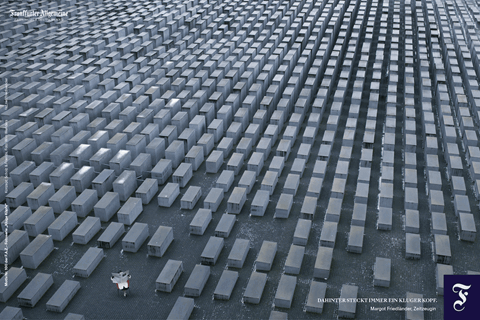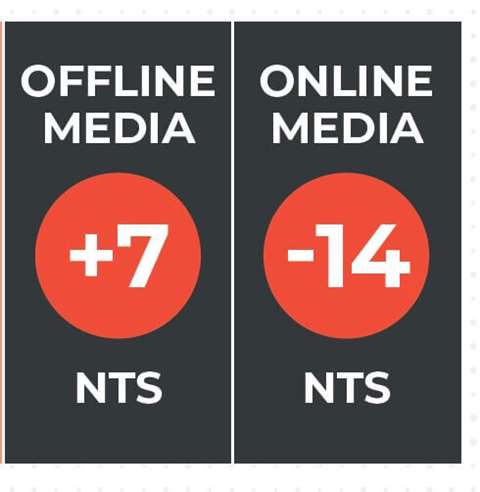The future of print
Jelluma predicts that printed matter will not disappear. He identifies two major developments that will shape the future of print:
1. a backlash against the creation of an online parallel universe
2. a growing recognition of the superior learning benefits of reading in print.
Social media have become the ideal platform for the creation of alternative facts based upon opinions, enabled by AI. In his recent book "Misbelief," the well-known professor Dan Ariely describes how he has been ensnared by conspiracy theorists who crafted an entirely different identity for him after he was wrongly accused of leading a nefarious conspiracy.
"I hold a rather optimistic view of humanity, convinced that people will eventually realise they’re being deceived by some influencers, politicians, and self-proclaimed experts who seem more concerned with promoting their own opinions than with presenting the facts."
"There will come a moment when we collectively refuse to accept this charade any longer." Jelluma refers to two studies to support his view. This year’s Pew Research study reveals that 40% of US visitors to social media dislike the inaccuracy of the channel, an increase of 9% since 2018, and 45% prefer traditional news outlets for in-depth information about issues or events. A second study, from the University of Florida, shows that both consumers and journalists are skilled at predicting what will be popular on social media, leading to a phenomenon of social-mediatisation of news. This strong concept of “shareworthiness” indicates that high-quality news is often overlooked, as it is not rewarded in terms of shares, likes, or reactions. Instead, poor-quality news—characterised by inaccuracy and sensationalism—tends to perform better.
"After all, that’s precisely what’s happening today. These purveyors of opinion are all pretending to possess the answers, and we seem all too willing to listen, often without discernment."
With AI set to commodify content, we risk entering a realm of uniformity, where these creators can churn out their often fact-free musings with alarming ease. In this climate of uncertainty, people will inevitably gravitate back to trusted brands. "Thankfully, publishers have established their reputations, catering to both the masses and niche audiences alike.The journalist's role will become more critical."
Quality journalism will thrive because it will provide readers with a trusted environment, as Yuval Noah Harari notes in his praise for Ariely's book: "Dan Ariely narrates his personal and professional journey to understand the world of misbelievers and conspiracy theories, and offers insights and tips that will hopefully help all of us protect our fragile social fabric from being torn apart by disinformation and distrust."








